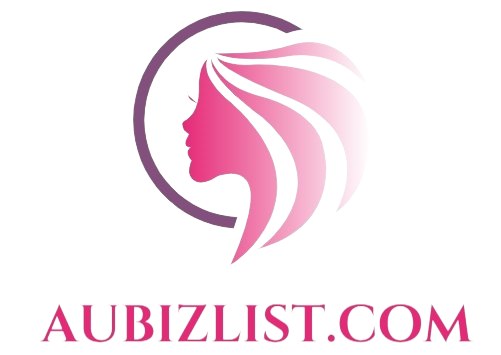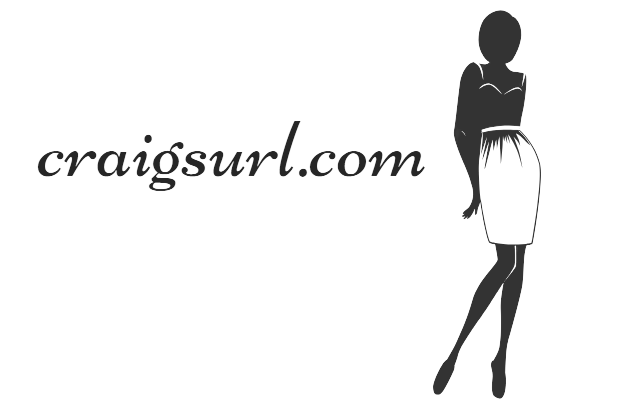Work wardrobes often include two ends of the sartorial spectrum: suits that are formal and polished, and athleisure pieces that are relaxed and comfortable. But there’s a happy middle ground, where you can look both professional and stylish – business casual. With the right pieces, you can master business casual dressing and create an outfit that’s ready for anything.
1. Understanding the Basics of Business Casual Attire
Figuring out the right way to dress for the workplace can be a challenge. For many professional environments, that means . Here’s a breakdown of what to wear and how to make this look your own.
Upper Body – Business casual shirts have to fall within certain boundaries. Generally, a collared long or short-sleeve shirt is best, such as a polo shirt. When selecting a color, stay away from any bright ties, but you don’t have to stick strictly to whites and blues either. Look for patterns and dressy material in colors like greens, purples, and grays. Finish off the outfit with a blazer or sports jacket.
Bottoms – When it comes to trousers, look for chinos or slacks. Avoid jeans and sweat trousers. Depending on the workplace and season, khaki shorts may also be acceptable. For skirts and dresses, keep hemlines business-appropriate and at, or just above, the knee. Modesty is key here. In colder months, try pairing with matching tights.
Footwear – Shoes should be in line with the business casual aesthetic. Closed-toe flats or low-heel pumps and loafers are ideal. Toeing the line between too casual and too dressy can be hard, but you should avoid trainers, sandals, and flip-flops.
- Opt for muted colors like gray, black, and navy.
- Experiment and mix and match with patterns and textures for a modern take on business casual.
- Be mindful of the workplace culture and how formality can vary.
Business casual dress code has come a long way since the ’90s iteration of collared shirts and creased trousers. Take some time to experiment and find a way to blend comfortable and polished pieces together into your unique look.
2. Creating Effortless Looks with Business Casual
Business casual isn’t just a handful of polos and khakis you can forget about the minute you take off your work hat. It’s an artful, effortless style you can pull off with thought and finesse. That said, mastering the look takes some practice.
Here are our tips for nailing business casual:
- Choose neutrals over brights. Softer colors like beige, gray, and brown provide a more polished look and will help you blend in.
- Stick to tailoring that’s not too tight or too loose. A classic fit will go great with trousers and help create a streamlined look.
- Fit in with the masses and complete your look with dress shoes or loafers depending on the occasion.
Avoid these fashion faux pas. A good business casual style needs to look professional yet relaxed, which means you should steer clear of anything too casual. This includes ripped denim or playfully printed polos. Leave the flip-flops, shorts, and graphic tees for the beach.
Now that you’ve got your business casual basics down, try layering shirts and adding a statement belt to get creative with your look. Accessories like watches and ties can also help you make a statement in the boardroom. With so much freedom to experiment, you’ll have a wardrobe full of effortlessly stylish work looks in no time.
3. Setting a Unique and Professional Tone with Your Outfit
When it comes to making a great impression in a professional setting, your outfit will be one of the first things people notice. With a few simple steps, you can make sure your outfit sets you apart in the workplace and gives you the confidence to present yourself effectively.
- Focus on Quality: Make sure your clothes are well-made and fit you well. Tailored outfits will show that you take pride in your professional appearance.
- Choose Your Colors: Opt for light and neutral colors. Avoid patterns and loud colors, and select a simple yet polished color palette.
- Imitate the Dress Code: Look to the company’s dress code or the profession as a whole for inspiration. Match the level of formality in your outfit to the tone of the workplace.
Once you have identified your outfit pieces, it’s important to make sure they don’t conflict with each other. Keeping a unified dress code in mind is a key element of wearing an outfit that communicates professionalism.
Accessories are also an important way to customize your look while remaining professional. Simplicity is key when selecting jewelry, ties, and watches. All of these should fit the formality of the office and be well-coordinated. Choose sophisticated colors and patterns that remain within the existing dress code.
Finally, let your personality shine through by including small touches. An interesting pocket square, interesting shoe, or colorful tie can all reflect your style throughout your outfit. Whether you’re dressing for a job interview, professional event, or day-to-day office look, take the time to select the right pieces that set you apart from the rest.
4. Tips to Find the Perfect Balance in Business Casual Dress
Discover What’s Appropriate
The first step to finding the perfect balance between professional and casual in business casual dress is to understand the parameters of what is considered acceptable and what is not. Many employers provide guidelines of what is suitable to wear. This may include items such as skirts, dress pants, slacks, cardigans, short-sleeved dress shirts, polo shirts, blouses, etc. Learn what colors are allowed – usually ones that are either dark or muted rather than bright. Fabrics should be professional and avoid very casual material such as denim.
Invest in Sophisticated Staples
When choosing the essential items of a business casual wardrobe, focus on garments that are upscale. Plan on spending a bit more for these items since in most cases, quality fabrics and materials will provide a higher level of sophistication. Items such as crisp linen shirts, khaki dress slacks, and tailored blazers are good places to start.
Check the Rules of Accessorizing
When it comes to accessories, make sure they remain professional, tasteful, and don’t draw too much attention to oneself. Accessories such as jewelry, watches, ties, scarves, briefcases, etc. should be kept to a minimum. Small, basic items like stud earrings or a simple belt may be appropriate. Shoes should remain professional and should neither be too casual (like flip flops) or too dressy (like high heels).
Incorporate Casual Elements
Keep it fun while maintaining professional standards by giving the outfit interesting touches of casual elements. This can be done by Layering a sport coat or blazer with a casual t-shirt or by slipping a bright-colored scarf underneath a blazer. Belts with eye-catching buckles as well as textured fabrics like damask, linen, and velvet are great for adding a bit of flair to an outfit.
Pick the Right Color Combinations
Another way to approach business casual is to look at color combinations. Vibrant solids or subtle prints, muted earth tones, or bold colors are all great options. To create the most professional look, look to pair one bright color with a neutral. Try to stay away from looking too loud or clownish with color combinations. Balance is key with business casual attire.
When it comes to embracing the idea of business casual dressing, striking the perfect balance between professional and stylish may seem tricky. But if you understand the guidelines, informally dress in the office environment, and combine appearance and professionalism, it can be done. It may take some time to perfect, but when done right, you can present yourself as a smart, confident, and stylish professional.



